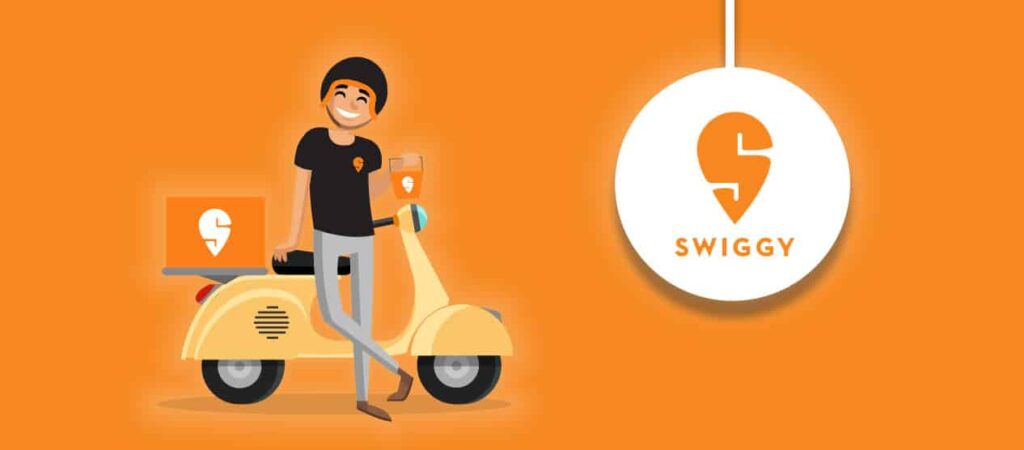Food delivery apps have completely changed how we order food and enjoy our meals. These innovative tools have significantly influenced our eating habits, as well as broader aspects of our economy and society. But the impact goes far beyond just getting dining deals. These platforms can actually shape our buying habits and have massively transformed the restaurant industry. Let’s dive in and explore the deeper economic and social effects of food delivery apps.

1. Economic Growth and Job Creation:
Food delivery apps have become vital engines of economic growth, producing jobs in diverse areas. They provide work for delivery drivers, customer service reps, and software developers, among others, offering opportunities to a range of skill sets. What’s more, the boom in food delivery services has boosted demand in connected sectors like food production, dining offers, packaging, and logistics. This ripple effect is sparking more economic activity and encouraging entrepreneurship.
2. Empowerment of Small Businesses:
Small, independent restaurants find a helping hand in food delivery apps in the face of tough competition. By reaching out to a more expansive customer base for dinner reservations at reasonable prices, these apps help local eateries take on the big restaurant chains. They break down entry barriers and set up an even ground for all players. As a result, small businesses find the empowerment to succeed, spurring both innovation and diversity in the culinary world.
3. Technological Innovation and Efficiency:
Food delivery apps are truly embracing the wonders of modern technology. They use the most advanced algorithms and data analysis tools to improve their operations and make the user experience more enjoyable. They’re finding the best routes for delivery drivers and giving customers personalized recommendations on fine dining restaurants, all thanks to artificial intelligence and machine learning. By full-heartedly adopting digital change, these apps are showing other industries just how beneficial technology can be for sparking growth and rapid adaption.
4. Changing Consumer Behavior:
The growing popularity of food delivery apps shows a key change in what consumers want – convenience, flexibility, online restaurant booking, and immediate service. Just with a simple tap, customers can check out different menus, place their orders, and watch their deliveries on their way to them in real-time. This is shaking up the whole dining experience. It’s hitting home for restaurants, too; they now have to keep up with this change and redesign how they do business to meet the demands of these tech-smart customers.
5. Social Impact and Community Dynamics:
The rising trend of food delivery apps signals a pivotal shift in consumer desires, pivoting towards ease, adaptability, and swift service. Gone are the days of setting up live music restaurants to attract customers. Nowadays, all it takes is a gentle touch, and customers can browse through a variety of menus, order their food, and track their delivery in real-time. This is shaking up the traditional dining scene completely. Restaurants are also feeling the impact; they now have to adapt and reshape their business models to cater to these technologically savvy customers.
To wrap it up, food delivery apps have a broad impact socially and economically. These apps change how we work and how we consume food and even have an effect on our environment. They’re technically brilliant – providing huge convenience and accessibility for consumers. However, there’s more to consider here as well. We’ve got to think about fairness, how these apps affect communities, and their impact on our planet’s health. As we continue to use and evolve these food delivery services, we must find a sweet spot between innovation and social responsibility. We must ensure that these technologies are not just innovative but also beneficial to society at large, taking into account the needs and worries of everyone involved.